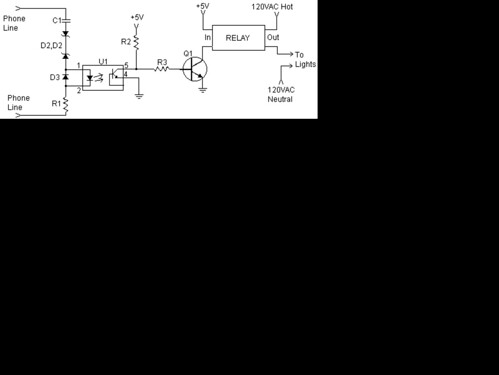NickJa
Newbie level 1

Hello,
I'm an artist studying in London, UK. I'm trying to make a room vibrate when a phone number is called instead of the phone itself. So far I have experimented with binding electric sanders to the bottom of floor supports just to create the sensation but I am a bit stuck and would like to work with someone whose got the knowhow.
How can I connect the wire from the phones small motor to activate a bigger one? I assume the phone will have to activate some kind of switch rather than be connected but there might be a better way.
I'm going to try and imitate the phones vibrator by attaching a counterweight to a larger motor that I am still to find, or possibly a series of small motors. One factor I think I would like to get control of is the speed that the motor rotates at, in order to mimic the frequency of vibration when you leave a phone on a table.
If I had a motor that plugged into the mains, I would need to somehow activate it with the phone. And If I had a series of small motors, would it be simpler to power them by battery in addition to the phone connecting the circuit?
Any information would be fantastic, cheers :grin:
I'm an artist studying in London, UK. I'm trying to make a room vibrate when a phone number is called instead of the phone itself. So far I have experimented with binding electric sanders to the bottom of floor supports just to create the sensation but I am a bit stuck and would like to work with someone whose got the knowhow.
How can I connect the wire from the phones small motor to activate a bigger one? I assume the phone will have to activate some kind of switch rather than be connected but there might be a better way.
I'm going to try and imitate the phones vibrator by attaching a counterweight to a larger motor that I am still to find, or possibly a series of small motors. One factor I think I would like to get control of is the speed that the motor rotates at, in order to mimic the frequency of vibration when you leave a phone on a table.
If I had a motor that plugged into the mains, I would need to somehow activate it with the phone. And If I had a series of small motors, would it be simpler to power them by battery in addition to the phone connecting the circuit?
Any information would be fantastic, cheers :grin:





